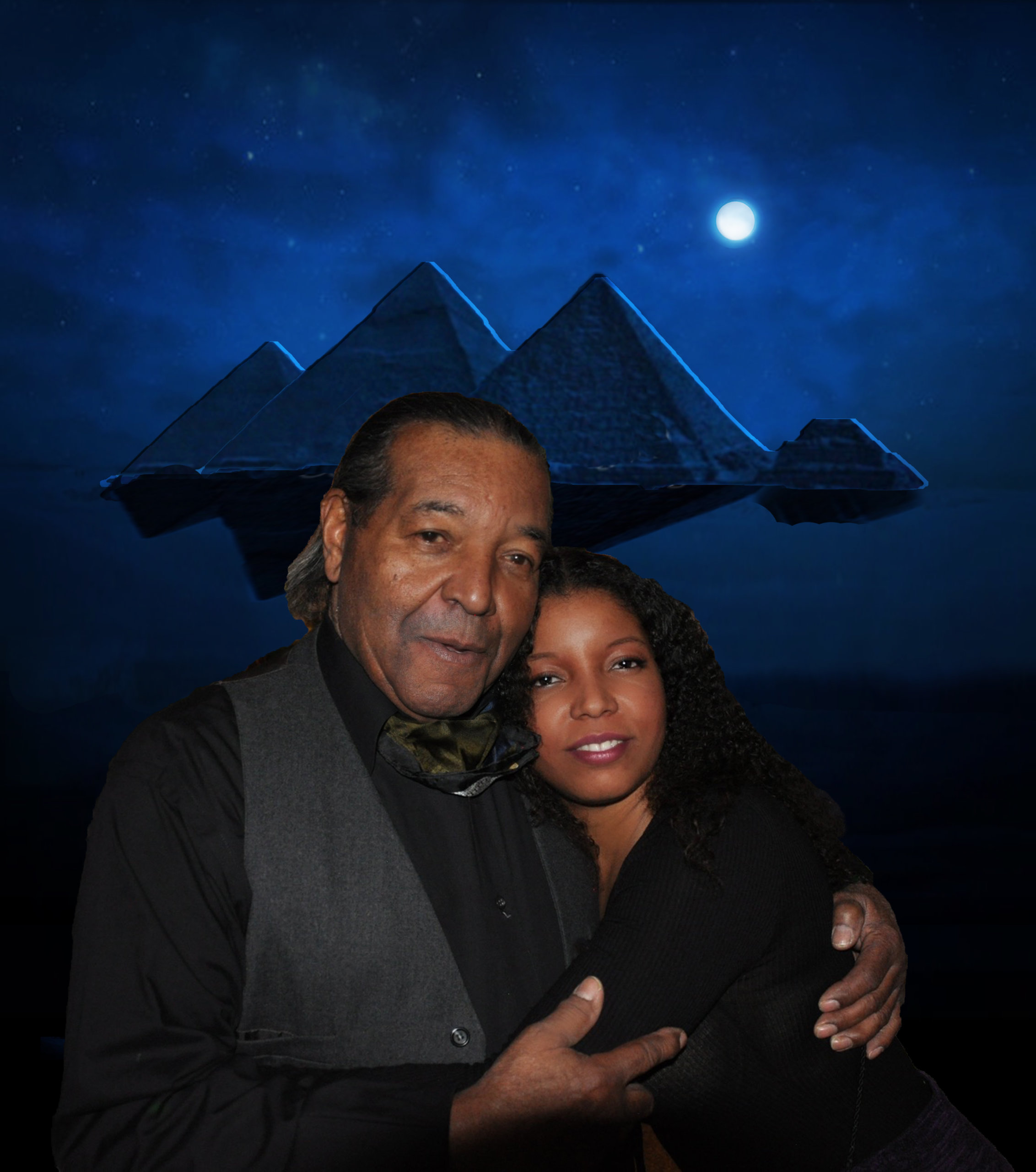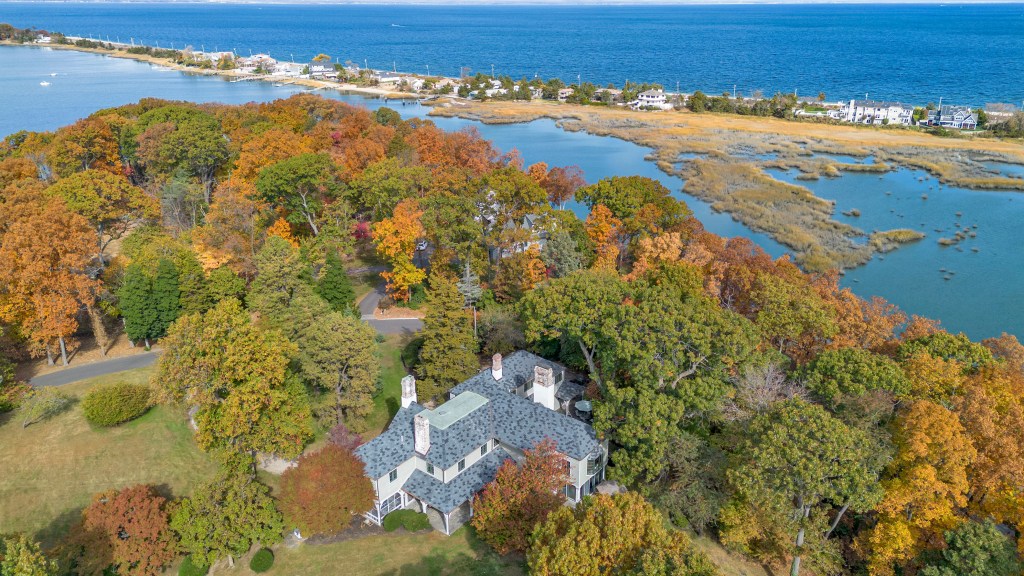Shinnecock Voices: We Are Always Connected

A couple years ago, a Hopi woman came to Shinnecock to help a group of us relearn how to conduct talking circles — this is when we pass around a designated object as permission to share our perspective on a topic while the rest of us listen respectfully.
As per her culture, the lesson began with a traditional meditation. She asked that we close our eyes and imagine the soles of our feet growing roots that penetrate deep into the earth. Then she asked that we imagine our hair follicles growing thick and tall until they reach the universe where each strand could tether its own star.
“We are all connected,” she said.
Her words were soft and so precisely illustrative that I immediately felt as though I was one with the earth and the universe and a conduit of life energy. This was by far the most memorable meditation of my life.
My mind began to wander — I thought of that quote by Santee Sioux activist John Trudell, where he said, “Our bones, flesh and blood are made up of the metals, liquids and minerals of the earth, and everything on this planet is made up of the same things.”
Trudell was referring to the earth’s genesis from the big bang.
He went on to explain that everything that exists on this planet has been here since the beginning of time. We and every element on earth are all made from the same stardust, to which at the end of our life we will each return.
I share this because over the past 12 months, our small Shinnecock community has experienced one of its most prolific death counts in our short history of our Federal recognition. To my dismay, of the dozen and a half deaths, a third were my close relatives.
On my paternal side, I lost my great-grandmother the day before Thanksgiving, my grandfather six days before Christmas and two great-uncles the week before Valentine’s Day. Then on my maternal side, my aunt died the week before June Meeting and my great-uncle died the weekend after Pow Wow.
In a time span of only 293 days, all my Shinnecock elders on both sides of my family were gone.
Between churning out obituary programs then rushing back to catch up with missed time at work — all the while trying to juggle the circus of contractors working to complete my home — I have been on autopilot.
Recouping from the emotional and physical strain of this year has proven to be impossible. I have not had a moment to take a breath, let alone to even begin to process how I may (or may not) be coping.
The last time I cried over death, I mean truly balled my heart out, was in 2018 when I went to revisit my cousin’s grave a year after his internment. He was barely a year older than me and died feeling rejected and
under-appreciated.
The emotional pain he endured at the end of his life weighs heavily on my heart to this day because I wish and wonder whether there was something more I could have done to make him feel accepted and loved.
Truth is, I was on autopilot back then, too, caught up on the hamster wheel of work.
What I do know, is that to envision some cornucopia of Heaven where all of my beloved relatives wait peacefully to welcome me with open arms feels unnatural to me. To many folks, I understand this is the ideal. However, this belief also means we have to subscribe to the opposite.
Personally, I would rather not confine my thoughts to a secular set of beliefs.
“The belief has walls,” as Trudell said. Beliefs stifle our energy by trapping our thoughts in a box and blocking our spirit.
Yes, death is inevitable, but it does not have to feel like destitution or abandonment. At least, that is what my spirit tells me.
If we are truly all connected, then we are always connected to everything before, now and after us.
Each time I hear a gaggle of geese fly overhead, I am reminded of my grandfather “Windspirit” and the geese that glided beside our canoe to give us strength as we interred his ashes in Shinnecock Bay.
Whenever I see a buck grazing in my yard, I feel the protection of my uncle “Running Deer” because of the day he went west to the spirit world, two bucks greeted me in my driveway.
Or on the occasions when I get into an intense cleaning binge, I feel the pride of my Aunt Geri, simply because she loved to clean.
Looking back, I now see that having been entrusted to write and produce my relative’s obituary programs was a special honor. Sewing ribbon shirts for the pallbearers and designing and sewing my grandfather’s homegoing clothes gave me purpose.
This enabled me to not break down because, in some weird way, this was my way of coping. It allowed me to spend a lot of quiet time with their memory to discern and articulate what made each of them so special to the world. Presenting the final portrait of their lives was an expression of my gratitude for their lives.
I found it disappointing to uncover so many interesting details about family when they can no longer share it for themselves. As a result, I gathered that the most important takeaway from this wave of death is to celebrate the lives and accomplishments of our loved ones while they are still here.
Cliche, I know.
Christine Quintasket, Salish (1884–1936), said the indigenous theory of existence is: “Everything on Earth has a purpose, every disease an herb to cure it, and every person a mission.”
Turn off the autopilot. Take the time to celebrate the living and fulfill your purpose while you are still here. For our mission, the cure to the disease of death, is connecting with one another.
Dyáni Brown is a citizen of the Shinnecock Nation. She is a freelance writer, television and film entrepreneur, and communication and marketing specialist. To view her portfolio, visit about.me/dyanibrown.



